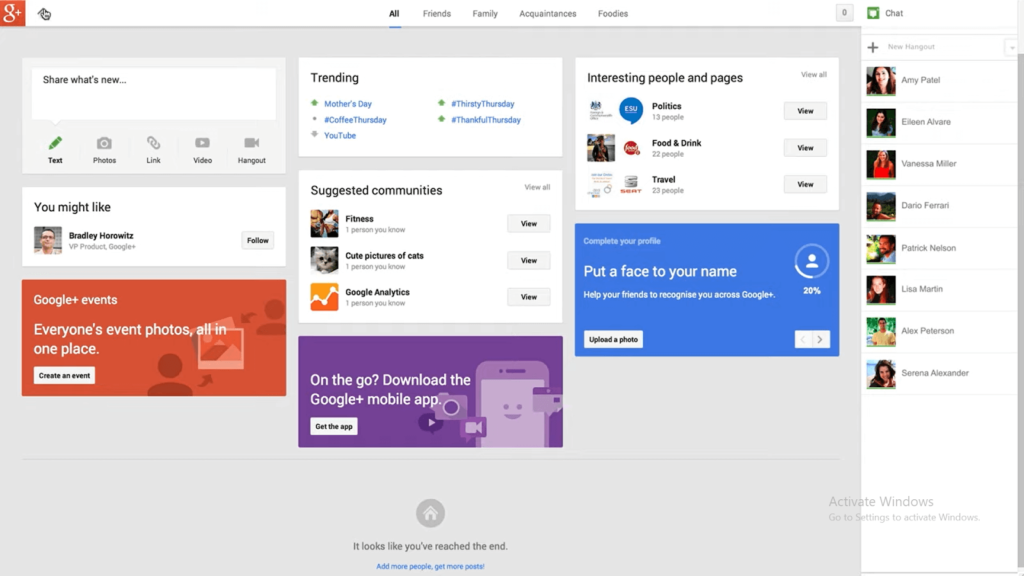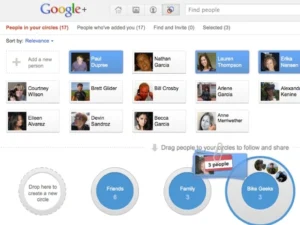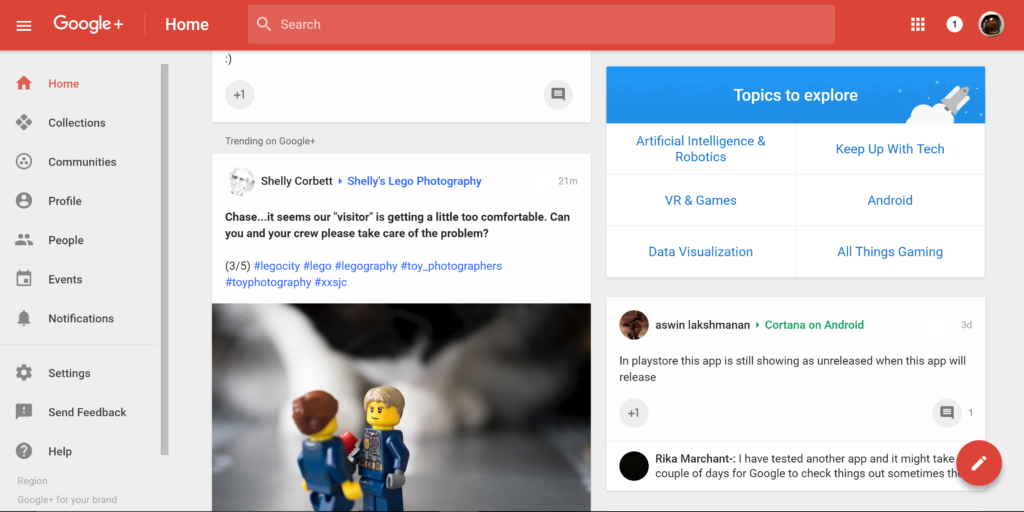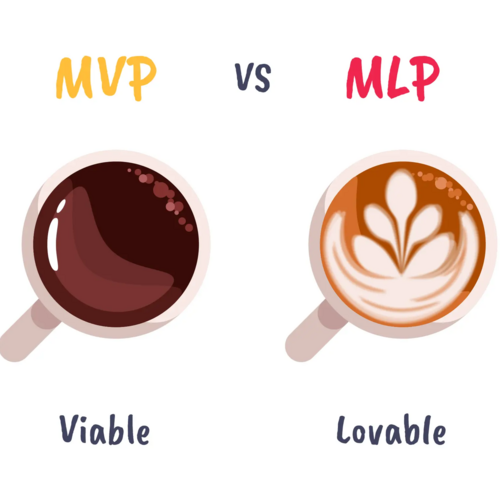What was Google+?
Google+ was a social media platform introduced by Google in 2011 to compete with Facebook and Twitter. Users could create profiles, add friends, join communities, and share multimedia content such as photos, videos, and articles.
One of its unique features was the Circles functionality, which allowed users to categorize their contacts into different groups and share content selectively with each group. Another standout feature was Hangouts, which enabled users to hold video chats with up to 10 people at once, and Hangout on Air, which allowed users to broadcast and record their hangouts.
In the initial months after its launch, Google+ enjoyed impressive growth, with 10 million accounts registered within two weeks and 40 million by October 2011. By the end of that year, the platform had reached 90 million users, with around 600,000 new users signing up daily. The exclusivity of the platform, with restrictions on invitations, contributed to the hype around Google+.

Why Google+ failed?
Late Entry to the Market
One of the major reasons behind Google+’s failure was its late entry into the social media market. Facebook and Twitter had already established a significant user base by the time Google+ was launched in 2011. Many people had already built their social networks on these platforms, which made it challenging for Google+ to attract users. Additionally, Facebook and Twitter had already incorporated many features that people were looking for in a social media platform. The established user base, combined with the lack of a compelling reason to switch to Google+, made it difficult for the platform to gain traction.
Lack of differentiation

Google+ failed to differentiate itself from other established social media platforms like Facebook and Twitter. Although Google+ introduced some unique features like Circles and Hangouts, they didn’t offer a fundamentally different experience from other social media platforms. Many users didn’t see a compelling reason to use Google+ over Facebook or Twitter, which already had massive user bases and provided similar functionalities. The lack of differentiation made it challenging for Google+ to attract and retain users, leading to its eventual demise.
Complexity

Google+ was criticized for its complexity and lack of user-friendliness, particularly for casual users who were accustomed to the simplicity of other social media platforms. One such feature was Circles, which was designed to simplify the management of different groups of contacts. However, it was viewed as confusing because unlike Facebook, where a confirmed friend request established a two-way connection, this was not the case with Circles. When a user added someone to their Circle, the other person had the option to add them back or not. This led to confusion among users about who was in their circle and who wasn’t. Ultimately, this complicated user experience made it difficult for Google+ to retain users.
Limited Mobile Support
One major drawback of Google+ was its limited mobile support at the time of its launch. Unlike its competitors such as Facebook and Twitter, Google+ did not have a dedicated mobile app for popular mobile operating systems like iOS and Android. This made it more difficult for users to access the platform on their mobile devices, which are increasingly becoming the primary way that people access social media. As a result, users had to access Google+ through their mobile browsers, which could be slow and cumbersome, especially on older devices or slower network connections. This lack of mobile support put Google+ at a disadvantage, as many users preferred the convenience and ease of use offered by other social media apps.
Lack of Product Market Fit

Statistic suggests that the majority of users who tried Google+ didn’t find it compelling enough to stick around. Some stats suggests that 90% of the users do not stay for more than 5 seconds. This can be attributed to the fact that Google+ didn’t offer a unique enough experience compared to other social media platforms like Facebook and Twitter. Additionally, the platform’s lack of differentiation and complicated features made it difficult for users to understand its value proposition. The failure to understand users’ needs and wants ultimately led to the platform’s inability to attract and retain a significant user base, resulting in its eventual shutdown.
Privacy Concerns
In November 2018, it was discovered that Google+ had a security problem that had been ongoing for at least three years, resulting in the exposure of data from 52.5 million customers. It is uncertain if a third-party user caused the security issue, and there has been no confirmation that the leaked data was misused. The Google+ development team informed users that the app was not working as intended and that they were investigating the issue. Personal profile information that had been kept private, such as employment status, email addresses, and age, had been made accessible. Although the bug didn’t reach sensitive information like social security numbers, passwords, or bank information, the exposure of numerous email addresses was still a concern. This incident raised concerns about the security and privacy of the platform, leading to a loss of trust among users.
Overall, the combination of these factors contributed to the failure of Google+ to attract and retain users. Despite Google’s efforts to promote and integrate the platform with other Google services, it was unable to compete with other social media platforms and ultimately shut down in April 2019.




